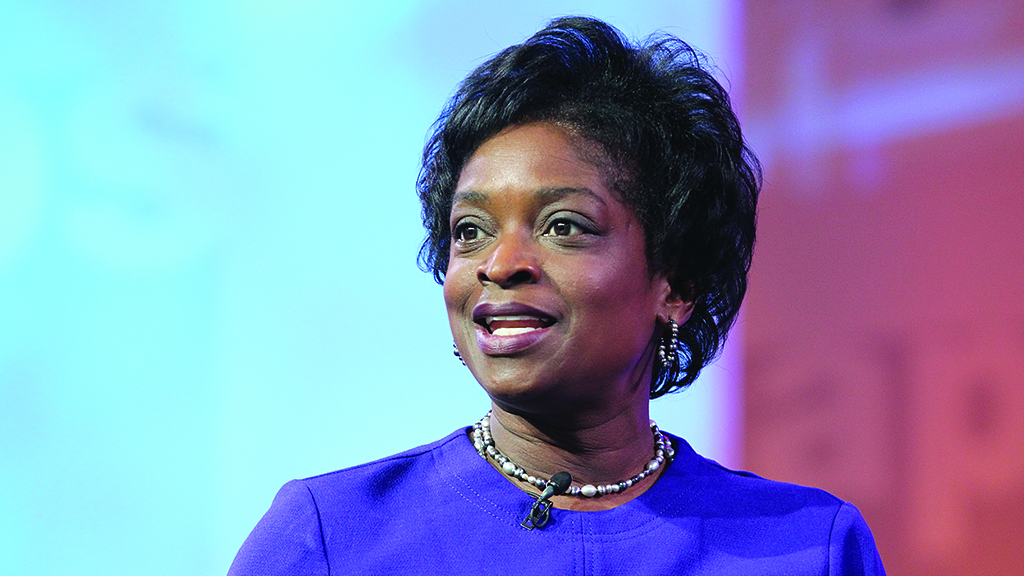
A few weeks ago, Netflix shipped out its last DVDs, retiring the company’s iconic red envelopes and marking the end of one era — and the full embrace of another. It’s the latest in an ocean of data points showing how streaming has taken audiences by storm, surpassing cable as the most popular way to find and watch video in America.
I’ve had a front-row seat to streaming’s rise — during almost a decade’s worth of service as one of President Barack Obama’s appointees to the Federal Communications Commission (FCC) and, before that, 11 years on the Public Service Commission back home in my beloved South Carolina. And now I’m excited to put that experience to work in my new role advising the Streaming Innovation Alliance, which advocates for policies that support diversity, value, affordability, and choice in video streaming.
The Alliance’s core mission is to help people understand why audiences have overwhelmingly embraced these services.
Some of the answers are found in our new poll, reporting that 73% of registered voters view streaming favorably, with even higher numbers for Black, Hispanic, millennial and Gen Z audiences. When asked why, voters cite the diversity and variety of program options, the convenience of “anytime/anywhere” viewing and the great value streaming offers with huge program libraries.
Digging deeper, one thing that stands out is how meaningful it is for historically marginalized and underserved communities to have dedicated services focused on their interests and needs. Alliance members like AfroLand TV, For Us By Us Network, Vault Access and Vix are reaching audiences in ways that were unavailable before streaming. And their success is bringing high-skill, high-wage creative and production jobs to new communities and redefining the very idea of “Hollywood” in the process.
So, when policymakers consider new regulatory proposals, one big question they need to ask is how those ideas would impact the small, diverse and independent groundbreakers we need to keep this progress going.
Independent services featuring less general audience programming and relying on a wider array of business models don’t have much room to maneuver. Tax and fee assessments, restrictions on programming choice or other ill-fitting regulations can literally make business unsustainable overnight or at a minimum drive up subscriber costs on the very underserved communities that can often least afford it.
When policymakers consider new regulatory proposals, one big question they need to ask is how those ideas would impact the small, diverse and independent groundbreakers we need to keep this progress going.”
Audiences understand these risks intuitively. Our new poll shows two-thirds of voters worry specifically about the impact new rules and regulations could have on small and independent streamers. Overall, about three-quarters of those polled think streaming services should be regulated the same or less than they are today.
That’s why I urge my former colleagues at the FCC to think twice about the decade-old idea of classifying streaming services under the rules for cable and broadcast TV. These rules include “must carry” and “retransmission consent” requirements created in an era when most households had only a handful of broadcast channels, a single cable company and a video rental shop as their home viewing options. They simply don’t fit the diverse, innovative, thriving world of modern video streaming.
To be fair, a decade ago, that wasn’t so clear. In the early days of streaming, we were right to turn over every rock looking for ways to push innovation forward. Consumers were craving more choice and new competition in the video market, and I supported asking whether treating certain streamers as cable and satellite providers would deliver those consumer benefits.
We received volumes of public comments from businesses, consumer groups, and regular citizens. We built a diverse record, analyzed all the input, and … chose to let streaming develop without those old regulations. Well, 10 years later, it turns out that streaming services didn’t need those old rules to bring new and meaningful stories, opportunities, and options to life for consumers. The streaming industry’s groundbreaking storytellers and engineers, not FCC regulations, are delivering those benefits to the market by investing bravely and embracing new technology.
Streaming is taking American households and Hollywood to new places and pushing the landscape of our culture forward. Now it’s up to us to acknowledge and embrace this progress, and move on from outdated policy ideas just like we’ve moved on from those iconic red envelopes.







